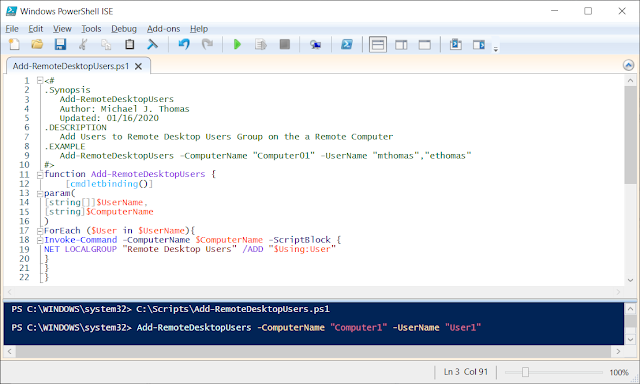Clearing the Group Policy Cache
When troubleshooting Group Policy issues, especially on Windows machines, clearing the Group Policy cache can often resolve inconsistencies or errors that occur when applying new policies. This article will guide you through manually clearing the Group Policy cache using PowerShell.
Why Clear the Group Policy Cache?
Group Policy objects (GPOs) are stored locally in the cache, and at times, corruption or outdated information may linger. By clearing this cache, you force the system to retrieve fresh copies of GPOs from the domain controllers. Common reasons for clearing the cache include:
- Group Policy not applying correctly.
- GPO changes not reflecting after updates.
- Errors indicating corrupted policy files.
The Location of Group Policy Files
The Group Policy settings on a Windows machine are stored in the following directories:
-
C:\Windows\System32\GroupPolicy
- This folder contains the cached policies that are applied to the computer.
-
C:\Windows\System32\GroupPolicyUsers
- This folder stores user-specific cached policies.
PowerShell Commands to Clear Group Policy Cache
We can use PowerShell's Get-ChildItem and Remove-Item cmdlets to remove these folders and clear the cache. The -Recurse switch is used to ensure that all files and subdirectories within the folder are removed, while -Force bypasses prompts and permissions restrictions.
Step-by-Step Guide:
-
Open PowerShell as Administrator
- To perform the cache clearing, you need elevated privileges. Right-click on the Start button and choose Windows PowerShell (Admin).
-
Clear the Computer Policy Cache
- Execute the following command to remove the contents of the
GroupPolicyfolder:
Get-ChildItem C:\Windows\System32\GroupPolicy -Recurse | Remove-Item -Force -Verbose -Recurse- Explanation:
Get-ChildItemlists all the files and directories withinC:\Windows\System32\GroupPolicy.Remove-Item -Force -Verbose -Recursedeletes all items forcefully, providing detailed output (-Verbose) while recursively clearing subfolders (-Recurse).
- Execute the following command to remove the contents of the
-
Clear the User-Specific Policy Cache
- To clear any cached user-specific policies, run the following command:
Get-ChildItem C:\Windows\System32\GroupPolicyUsers -Recurse | Remove-Item -Force -Verbose -Recurse- Explanation:
- This performs the same function as the previous command but targets user-specific policies located in the
GroupPolicyUsersfolder.
- This performs the same function as the previous command but targets user-specific policies located in the
-
Force a Group Policy Update
- Once the cache has been cleared, you can force an immediate update of Group Policies using the following command:
gpupdate /force- This will reapply all current Group Policies from the domain, refreshing both computer and user policies.
Important Notes:
-
Backup: Ensure that you understand the consequences of clearing these files. It’s always a good practice to back up critical files or verify that the policies are properly backed up on the domain controller.
-
User Impact: Clearing the Group Policy cache may result in policies being temporarily unavailable until they are reapplied.
Conclusion
Clearing the Group Policy cache is a straightforward method to troubleshoot and resolve issues related to Group Policy application. By using PowerShell, administrators can quickly remove outdated or corrupt cached policies, forcing the system to refresh its Group Policy settings.

Comments
Post a Comment